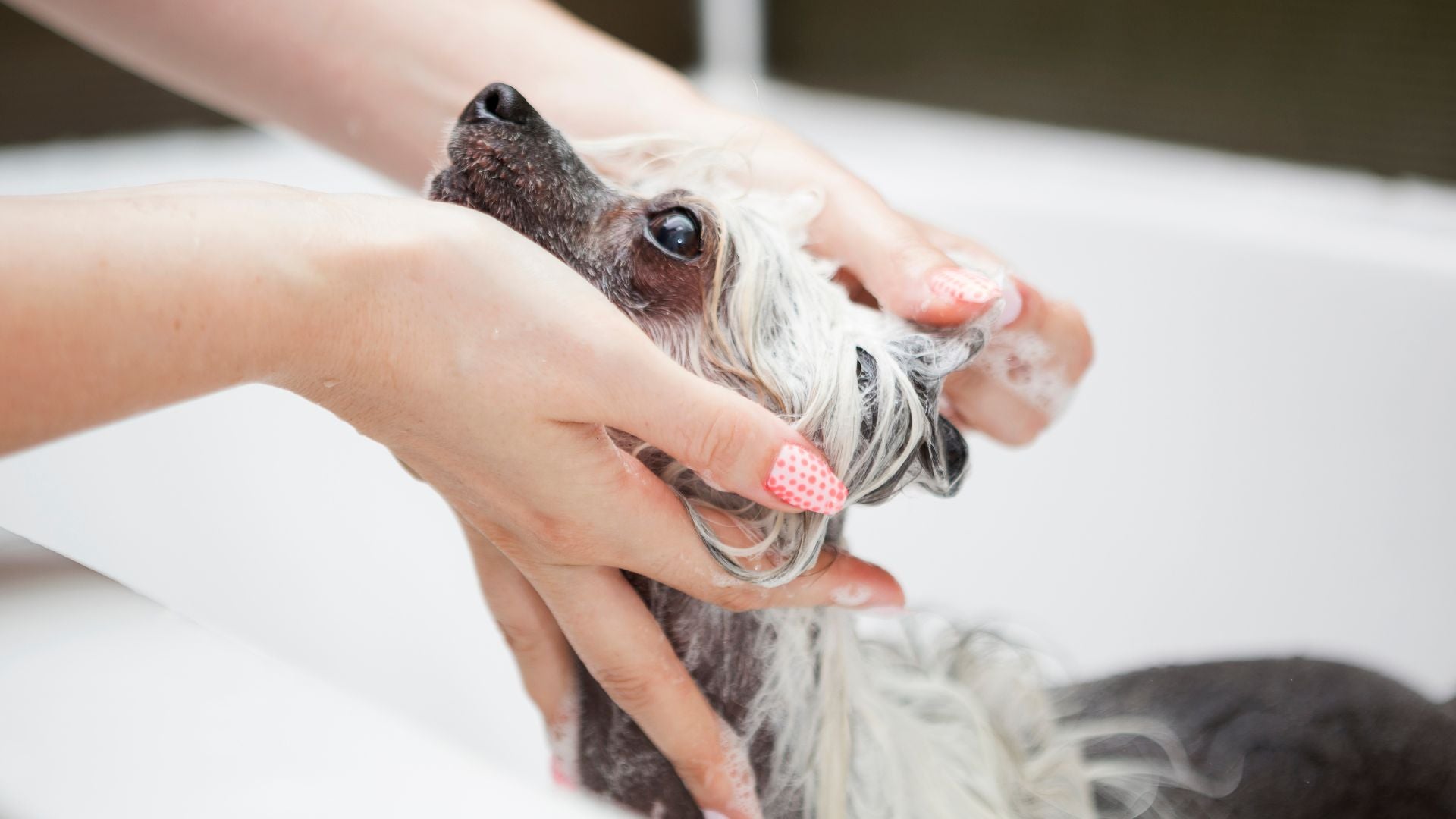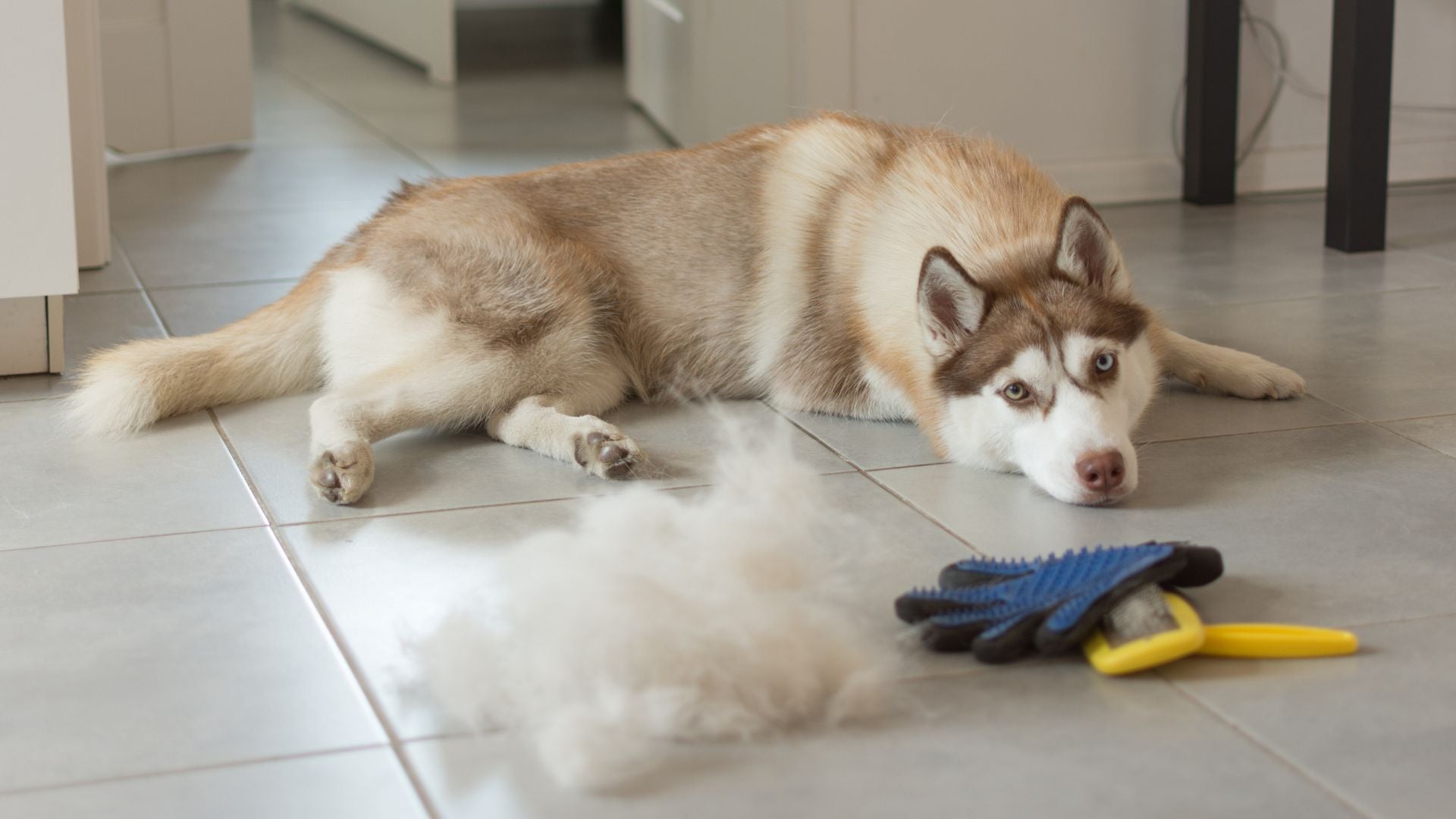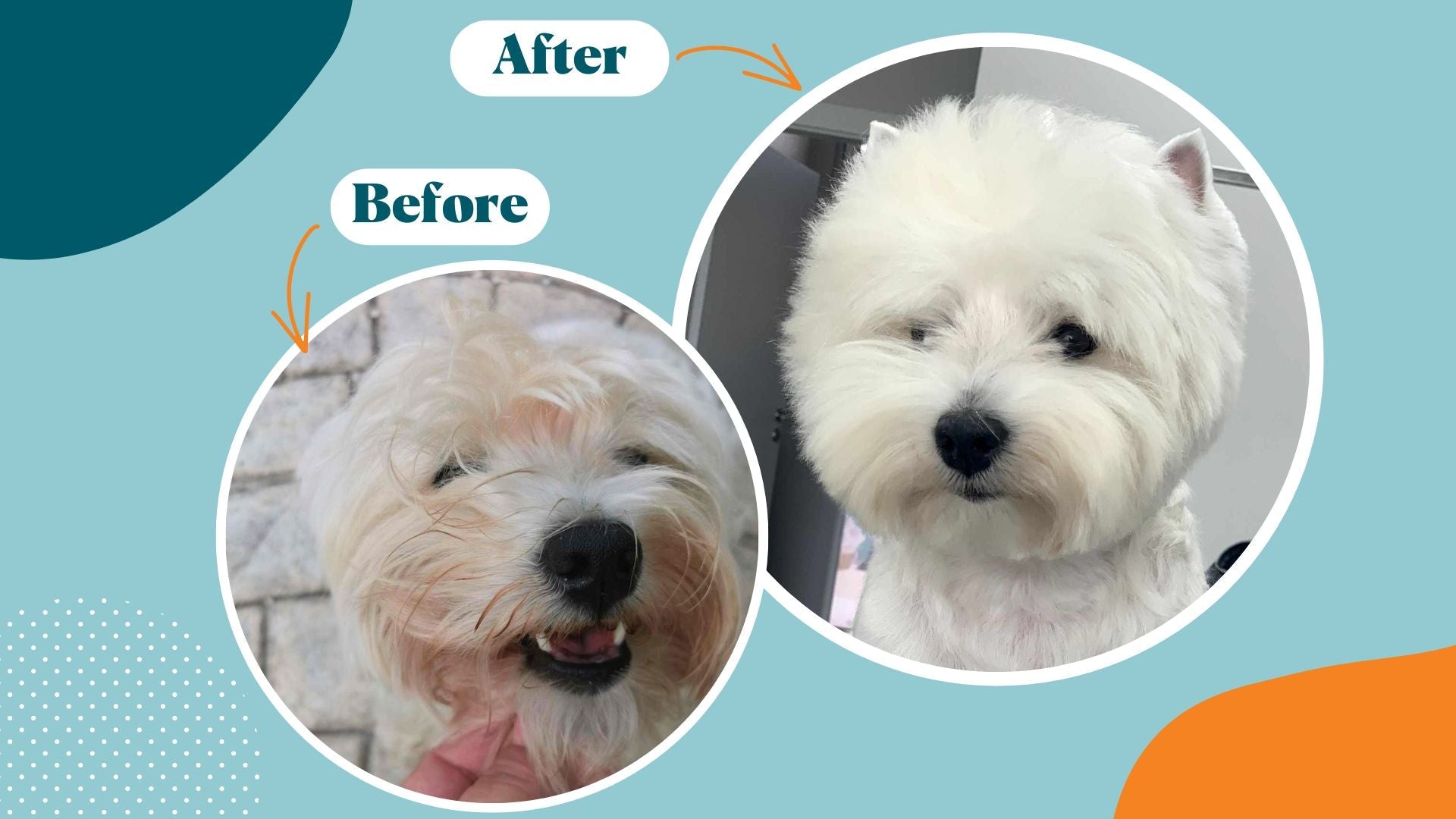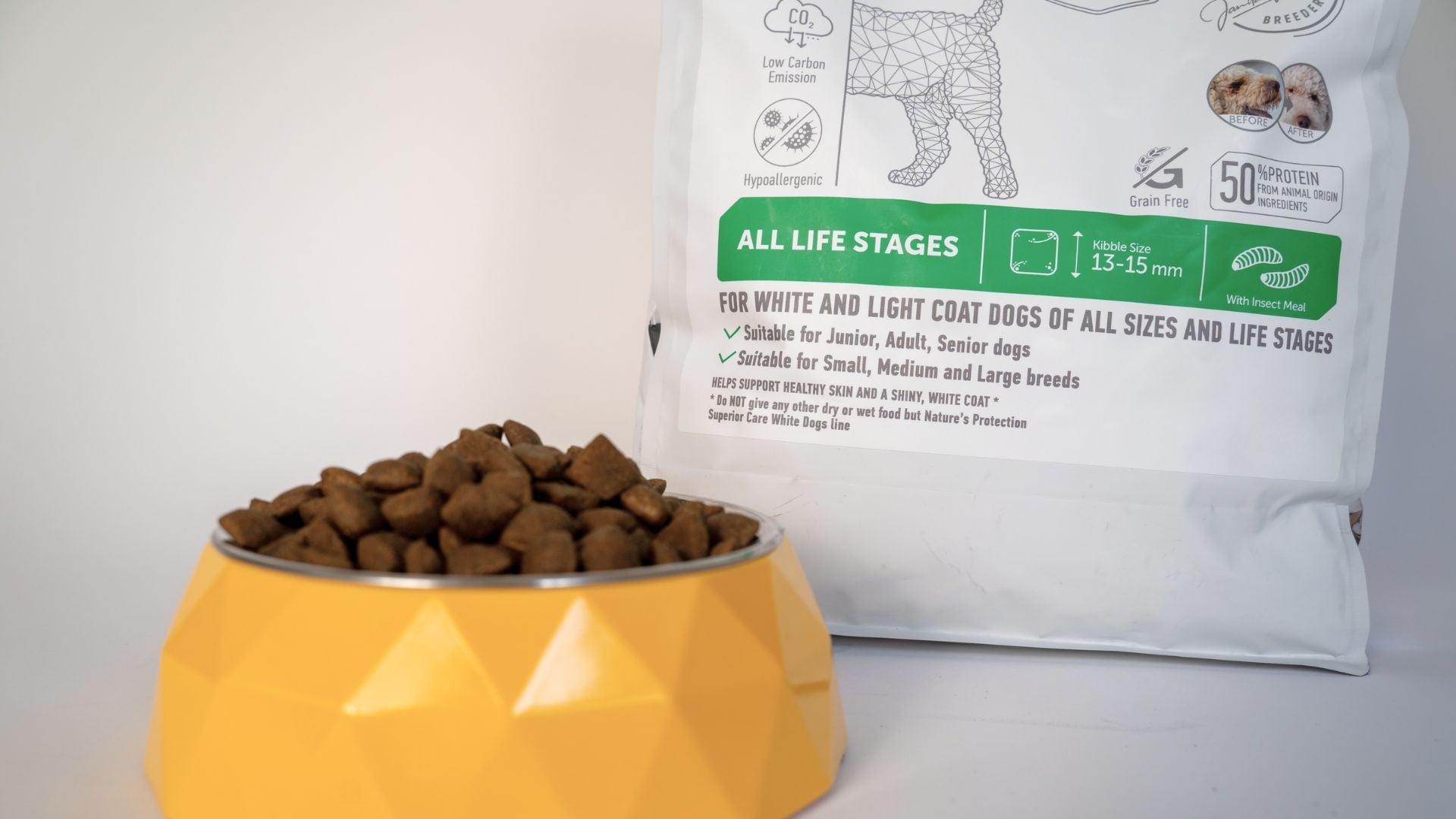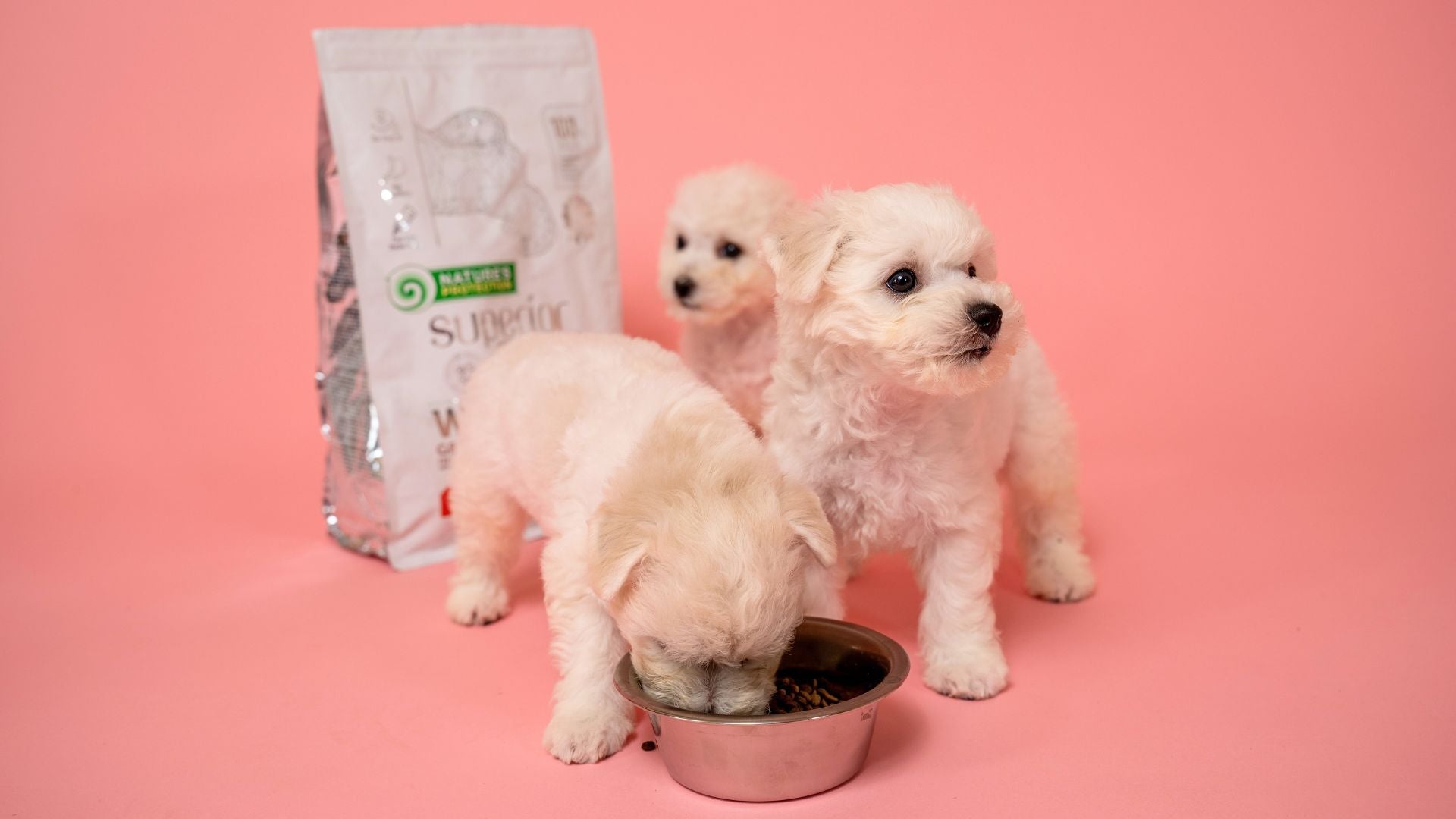As a seasoned dog breeder with nearly four decades of experience, a cynologist, and a creator of premium pet products like Nature's Protection Superior Care, I have encountered numerous puzzling behaviors exhibited by our beloved canine companions. One behavior that often perplexes dog owners and enthusiasts is the habit of dogs swallowing their kibble without so much as a single chew. In this blog, I will delve into breed-specific eating behaviors, shedding light on the reasons behind it and providing valuable insights for dog owners.
If you've ever watched your furry friend gobble down their meal without taking the time to chew, you're not alone. This seemingly peculiar behavior has left many dog owners scratching their heads and wondering if something is amiss. Why do dogs do this, and should we be concerned?
Reasons Behind the Behavior>
Instinctive Eating in Dogs
To understand why dogs swallow kibble without chewing, we must first take a journey into their ancestral past. Dogs, as descendants of wild wolves, inherited certain instincts related to food consumption. In the wild, swift ingestion was a survival strategy, allowing them to secure their share of a kill before potential competitors could swoop in. Although domestication has altered many aspects of a dog's life, some of these instinctual behaviors may still persist in our modern companions.
In the wild, dogs primarily consumed prey that didn't require extensive chewing. Their sharp teeth and powerful jaws were designed for tearing and crushing, not meticulous mastication. This contrasts with the kibble we feed them today, which often comes in uniform, bite-sized pieces that differ significantly from the natural prey dogs would encounter in their ancestral environment. This distinction makes it easier for modern dogs to swallow kibble quickly.
Inadequate Dental Health for Dogs
Dental health plays a pivotal role in a dog's ability to chew food effectively. Dental problems, such as gum disease or toothaches, can make chewing painful or uncomfortable. Consequently, dogs may opt for swallowing their food whole to avoid the discomfort associated with chewing.
Potential Risks and Benefits
Swallowing kibble whole can have both advantages and disadvantages, and it's essential to consider these factors as responsible pet owners. While it might seem convenient for your dog to swallow kibble whole, there are potential downsides to this behavior. These include digestive issues in dogs, as large chunks of kibble may be harder to digest, and the risk of choking, particularly in smaller breeds or dogs with underlying health concerns. Preventing digestive problems, such as bloating and indigestion, can be achieved by encouraging your dog to chew their food properly. Benefits of chewing food also include improved nutrient absorption and enhanced dental health for your dog. On the flip side, swallowing kibble whole can be convenient for dogs, especially those with busy lifestyles (which, let's face it, includes most dogs). It also saves time for busy dog owners and can be especially helpful in multi-pet households.
Tips for Addressing the Behavior
Now that we've explored the reasons behind dogs swallowing kibble whole and weighed the potential risks and benefits, let's move on to practical tips for addressing this behavior.
Choose Appropriate Kibble
One of the first steps in addressing this behavior is choosing the right dog food. Opt for kibble sizes and shapes that encourage chewing. Larger kibble pieces can prompt your dog to take their time, and different shapes can make the eating experience more engaging.
Nature's Protection Superior Care offers a range of kibble sizes to choose from, ensuring that you can find the one that suits your dog best. Our dog food is made from the highest quality ingredients, including hypoallergenic, high-quality protein sources like white fish, salmon, insects, and lamb. This variety allows you to select kibble that encourages chewing and promotes a more satisfying mealtime experience. By offering different sizes and shapes, you can cater to your dog's preferences and chewing habits.
When choosing the right kibble, consider consulting your veterinarian for guidance on the best option for your dog's breed and size. Your veterinarian can provide valuable insights into your dog's specific dietary needs and help you make an informed decision.
Slow Feeding Techniques
Introducing slow feeding methods can be highly effective in curbing your dog's tendency to gulp down kibble. Puzzle feeders for dogs and slow-feed bowls are designed to make mealtime a bit more challenging, encouraging your dog to chew and savor their food slowly. These methods not only promote better digestion but also reduce the risk of choking, making them a valuable addition to your pet care routine.
Positive Reinforcement Training
Training your dog to chew their kibble can be a rewarding experience for both you and your furry companion. During mealtime, use commands like "chew" or "slow down" to encourage your dog to take their time. Be patient and consistent with your training efforts, and remember to reward your dog with treats or praise when they exhibit the desired chewing behavior in dogs. Positive reinforcement can go a long way in shaping your dog's mealtime habits.
Conclusion
In conclusion, the behavior of dogs swallowing kibble without chewing may seem mysterious at first, but it's rooted in instinct, adaptation, and sometimes, dental discomfort. Understanding the reasons behind this behavior and implementing the right strategies can lead to a safer and more enjoyable mealtime experience for your beloved pet. Remember that every dog is unique, and it may take time to modify canine eating habits. Patience, consistency, and a genuine love for your four-legged family member will undoubtedly lead to success in addressing this intriguing behavior.






